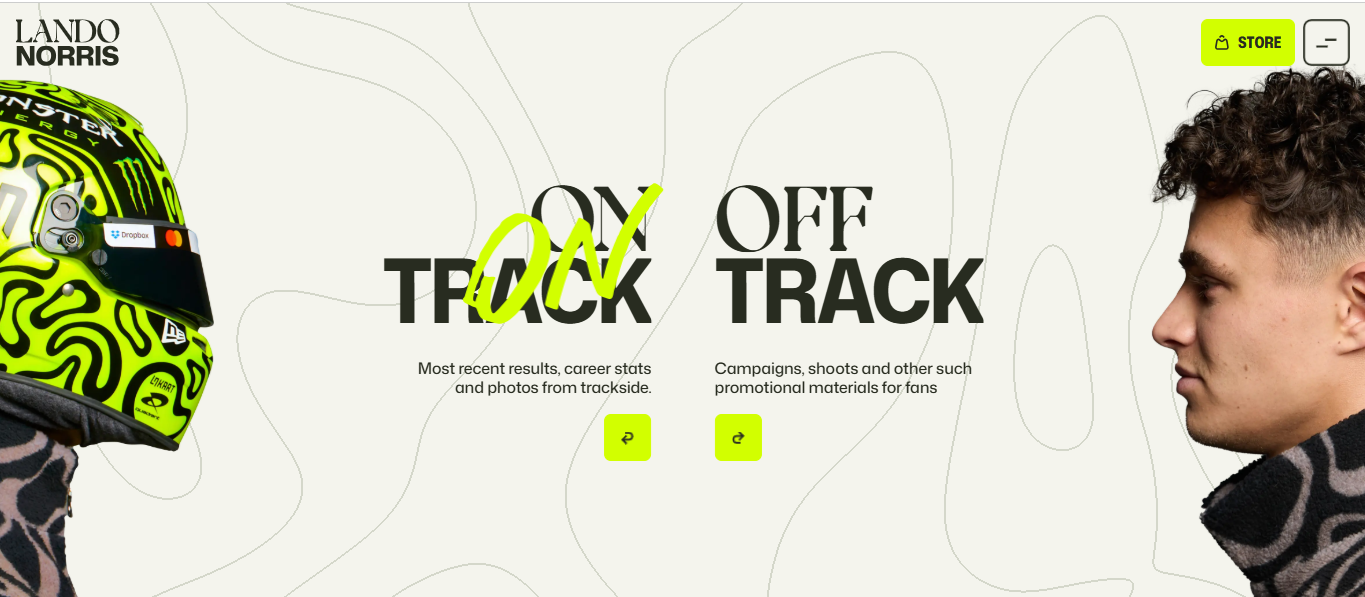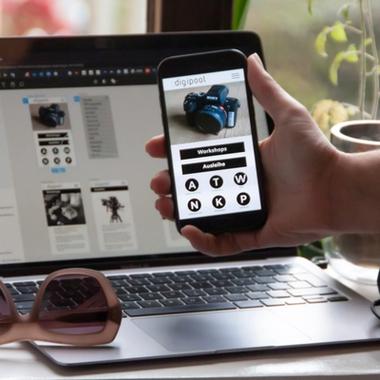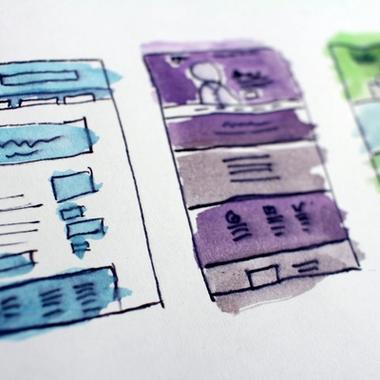App design is a constant balancing act. Push too far into innovation, and you risk confusing users. Stick too closely to familiar patterns, and your product blends into the background. The magic happens in the middle, where standout features meet intuitive, effortless usability.
This balance is something experienced mobile app developers navigate every day. It’s a blend of psychology, design craft, technical skill, brand expression, and restraint. And when it’s done well, it creates apps people love using, not just looking at.
Let’s break down what that balance really looks like, why it matters, and how it shapes the long-term success of a digital product.






